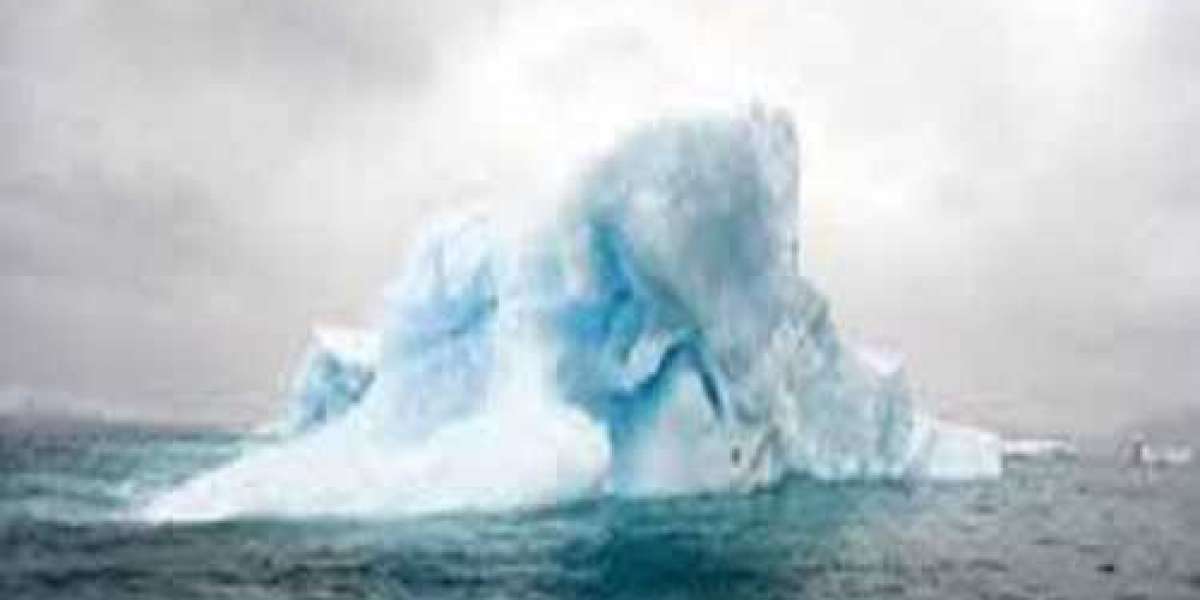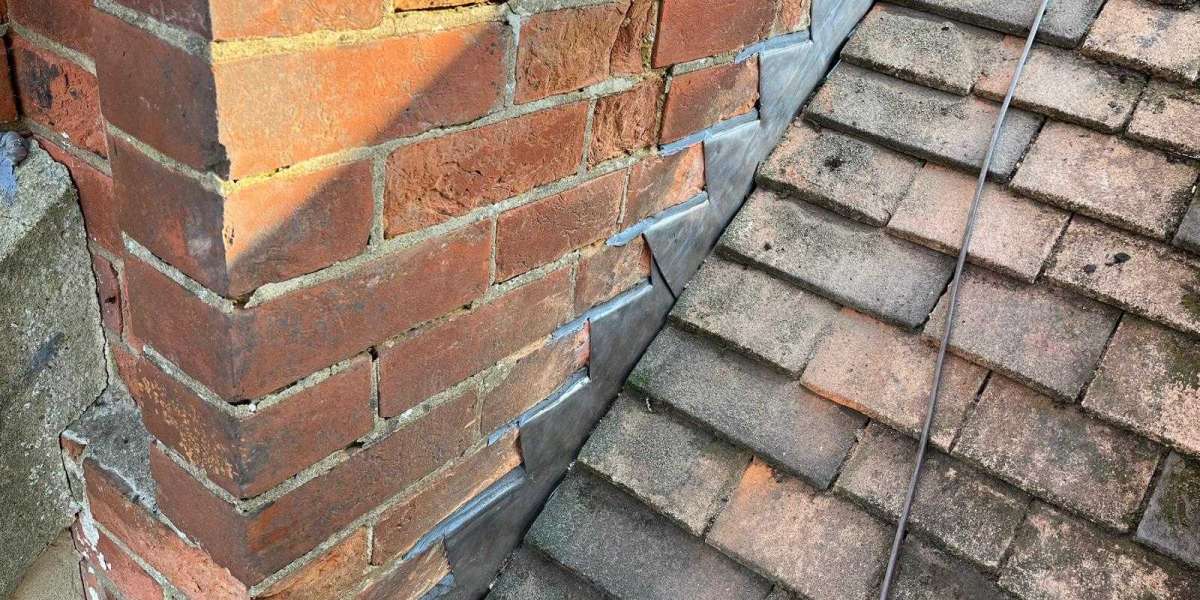Why is Calibration Important?
Calibration is essential for maintaining the reliability of ballast water treatment systems. Without proper calibration, sensors may produce inaccurate readings, leading to:
Non-compliance with regulations such as the Ballast Water Management Convention (BWMC)
Environmental harm due to untreated or improperly treated ballast water
Operational inefficiencies and increased maintenance costs
Key Elements of Ballast Water Sensor Calibration
Understanding Sensor Types
Different types of sensors require specific calibration methods. These include:Turbidity Sensors: Measure water clarity by detecting suspended particles.
Salinity Sensors: Assess the salt concentration to ensure proper treatment.
Temperature Sensors: Monitor water temperature, which affects treatment efficacy.
Fluorescence Sensors: Detect biological organisms, ensuring compliance with microbial standards.
Calibration Standards and Procedures
Calibration must follow standardized procedures using certified reference materials. The process typically involves:Using calibration solutions with known values
Adjusting sensor readings to match reference values
Verifying accuracy through repeat testing
Frequency of Calibration
Routine Calibration: Conducted at regular intervals to maintain accuracy.
Pre-Operation Calibration: Ensures sensors are accurate before ballast water discharge.
Post-Maintenance Calibration: Performed after servicing or sensor replacement.
Steps to Properly Calibrate Ballast Water Sensors
Prepare the Calibration Environment
Ensure a stable temperature and clean surroundings to prevent interference.
Use deionized water or appropriate calibration solutions.
Check for Sensor Drift
Compare sensor readings with standard reference values.
Adjust calibration settings as necessary.
Perform Multi-Point Calibration
Calibrate sensors using multiple reference points to enhance accuracy.
Validate results with a secondary standard.
Record and Document Calibration Data
Maintain logs of calibration dates, values, and adjustments.
Ensure records are accessible for regulatory inspections.
Challenges in Ballast Water Sensor Calibration
Environmental Variability: Changes in salinity, temperature, and organic matter can affect sensor accuracy.
Sensor Degradation: Over time, sensors may lose sensitivity and require recalibration or replacement.
Regulatory Compliance: Ensuring compliance with evolving ballast water management standards is crucial.
Best Practices for Effective Calibration
Follow Manufacturer Guidelines: Adhere to sensor-specific calibration procedures.
Use Certified Calibration Standards: Ensure accuracy by using approved reference materials.
Regularly Inspect and Maintain Sensors: Prevent errors by conducting routine maintenance.
Train Personnel on Calibration Techniques: Ensure crew members understand proper calibration methods.
Conclusion
Proper ballast water sensor calibration is vital for maintaining compliance with international maritime regulations and protecting marine ecosystems. By following standardized calibration procedures, shipping companies can ensure accurate monitoring, reduce maintenance costs, and prevent environmental damage. Implementing a consistent calibration schedule and best practices will enhance the efficiency and reliability of ballast water management systems.







